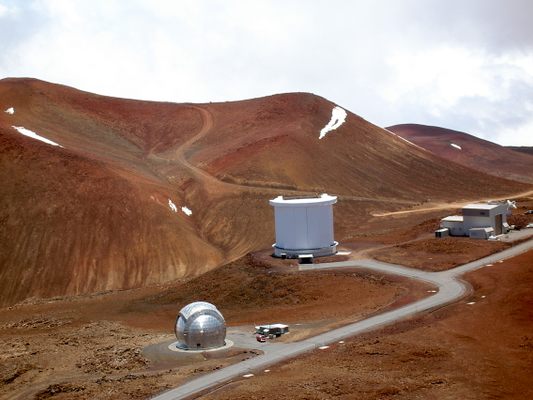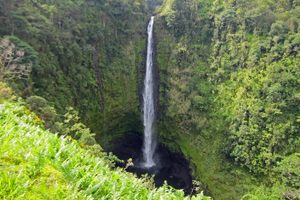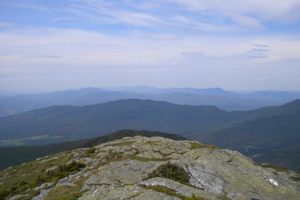About
Contrary to popular belief, the tallest mountain in the world is not Mount Everest but rather Hawaiʻi's Mauna Kea. That is, if you measure from Mauna Kea's peak to its base on the Pacific Ocean floor.
While Mauna Kea is only 13,803 feet above sea level (compared to Everest's 29,029 feet), the summit of the Hawaiian shield volcano is a staggering 30,000 feet above its base on the sea floor. Using this measurement isn't likely to change many minds about Everest, but Mauna Kea may still be considered the world's tallest volcano.
It is one of five separate shield volcanoes that make up the Big Island of Hawaiʻi. It is so large that the mountain is gradually sinking into the sea floor under the pressure of its own weight.
Mauna Kea's summit is a landscape to behold: it includes lava rock, alpine tundra, and evidence of the humongous ice cap that dominated the terrain as recently as 11,000 years ago. Above the timberline and above the clouds, the summit is home to a select few, including the Hawaiian snow goddess Poliahu and oxygen-deprived astronomers hoping to use some of the world's most advanced telescopes.
The summit is so high that altitude sickness is a problem for many, and tourists are encouraged to make extended stops on their drive up to allow their body to adjust. But for determined astronomers, dizziness and shortness of breath are a small price to pay for some of the best observing conditions on Earth.
Here observers are treated to approximately 300 clear nights per year, due to the fact that the summit rests above 40 percent of the Earth's atmosphere (including the inversion layer) and 90 percent of its water vapor. And with the site's location 20 degrees north of the equator, all of the northern sky is visible as well as a majority of the stars in the southern sky. For these reasons, Mauna Kea has been an astronomically important site since observers of ancient times marveled at its incredibly clear view of the night sky. Today, there are over a dozen major telescopes at the site, which is managed by the University of Hawaiʻi.
In fact, four of the largest optical reflecting telescopes in the world are atop Mauna Kea. These are the two 10-meter telescopes of the W. M. Keck Observatory, the 8.2-meter Subaru Telescope, and the 8.1-meter Gemini North Observatory. On a plateau north of the summit, work has begun to build the Thirty Meter Telescope, which will be the largest optical and infrared telescope in the world.
Not to be overshadowed by the collection of record-holding mirrors, a host of other world-class instruments reside at Mauna Kea. These include the Caltech Submillimeter Observatory (CSO), Canada France Hawaiʻi Telescope (CFHT), NASA's Infrared Telescope Facility (IRTF), James Clerk Maxwell Telescope (JCMT), Sub-Millimeter Array (SMA), United Kingdom Infrared Telescope (UKIRT), two University of Hawaiʻi telescopes, and one receiver of the Very Long Baseline Array (VLBA).
The very summit of the mountain and the highest point in Hawaiʻi can be seen from the topmost parking lot and is just a 15-minute walk away. Walk down the paved road to the guardrail with a hiker sign, and follow the trail to the summit ahu (cairn).
For Native Hawaiians, Mauna Kea is one of the most sacred places on the islands, and many view construction on its peak as an affront to their rights over their ancestral lands. In Hawaiian tradition, the mountain is an ancestor of Native Hawaiians, or Kanaka Maoli. Groups of kia'i, or protectors, have been protesting the construction of the Thirty Meter Telescope—set to be the largest telescope in the Northern Hemisphere.
Related Tags
Know Before You Go
Starting 43 miles away in Hilo, Mauna Kea is reached by Saddle Road. A four-wheel drive vehicle is needed for the steep and unpaved roads above the Visitor Information Station. Visitors can also reach the summit by taking a commercial tour. The summit telescopes have no eyepieces to look through, and access to the summit is restricted after dark, so the nightly public Stargazing Program takes place at the Visitor Information Station. Visitors should familiarize themselves with the precautions taken against altitude sickness as well as prepare themselves for severe weather, especially in the winter months.
Community Contributors
Added By
Published
December 31, 2015











































































